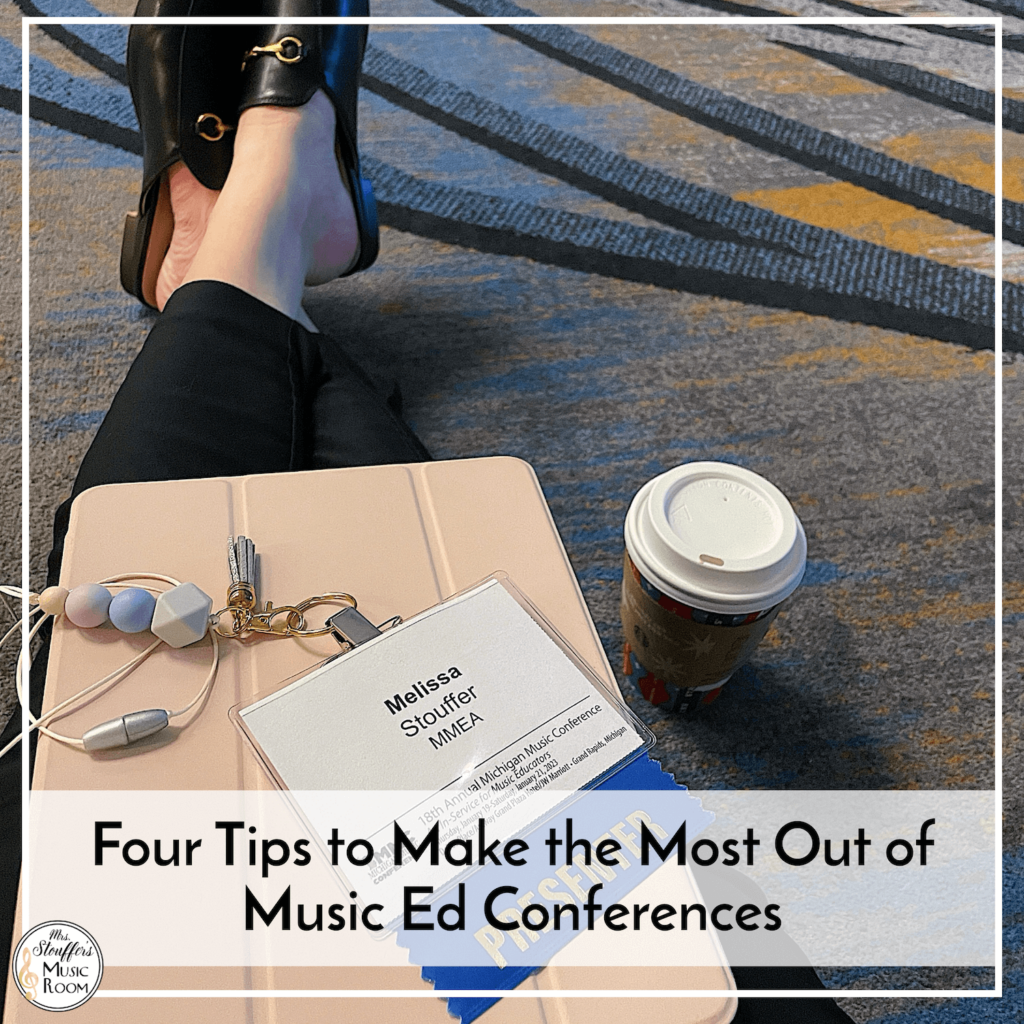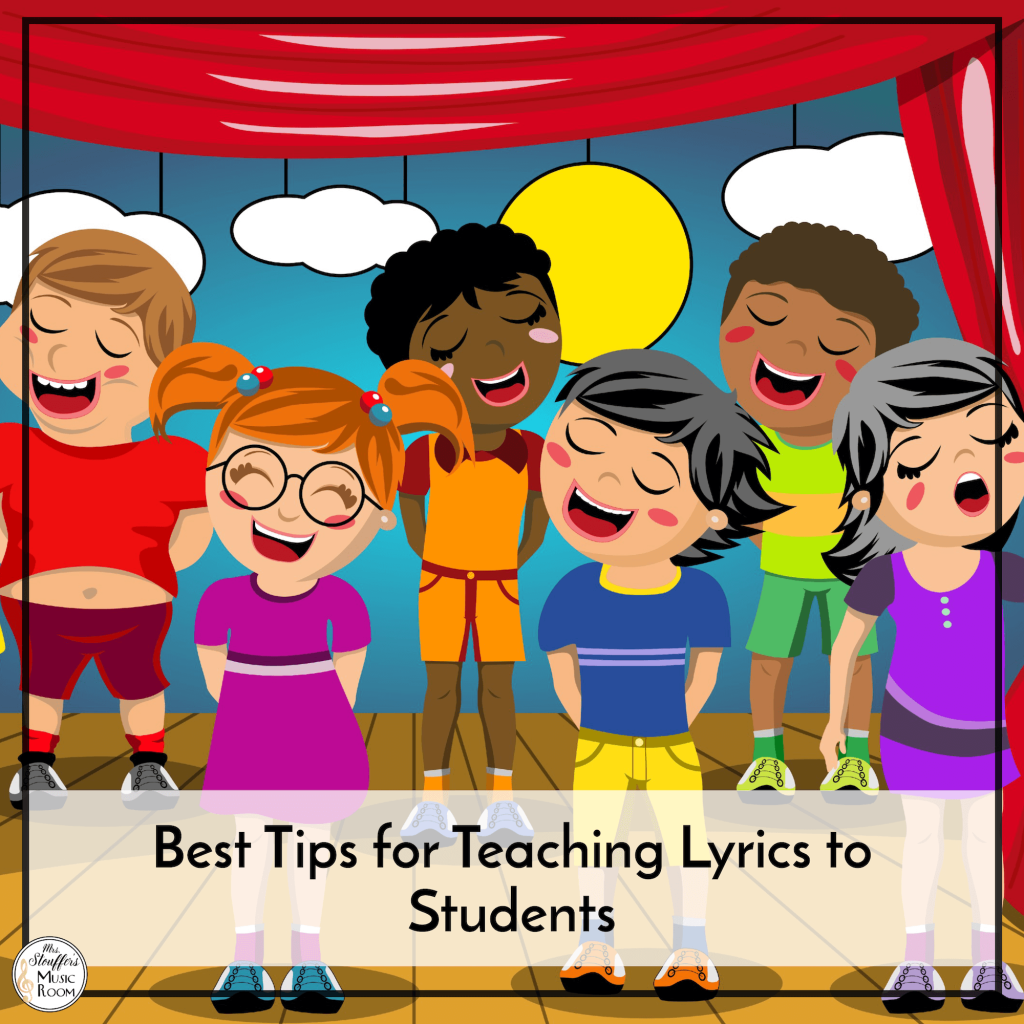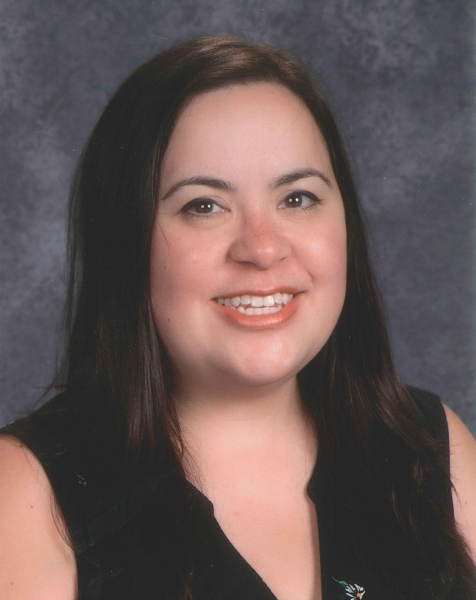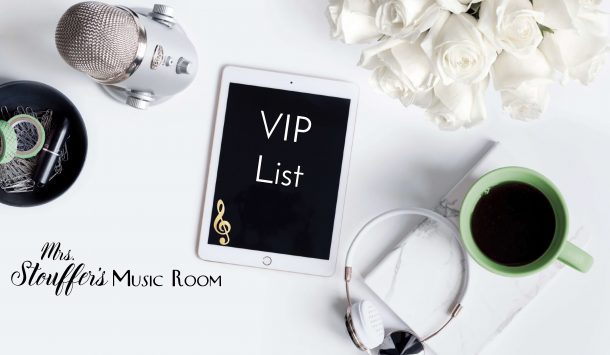If you are on the hunt for a new job this summer, or even if you aren’t, taking time to keep your portfolio up to date is a good idea. Let’s talk a little bit about what it is, what should be in it, and how to make it eye catching.

What’s in a portfolio?
A portfolio is more than a resume or CV. What this can do is really showcase who you are as a teacher. This should be a collection of the things that really show you off. Here’s some things to include:
- IMPORTANT INFO:
- A nice picture of you, or pictures of you in action, and an about me page with a professional bio.
- Your philosophy of music education
- Resume and if you have one, a CV so you can really show off all you’ve done. On that CV, relevant job info. Going for a band position? Include relevant conducting experience. Looking for an elementary job? Include all your work with younger children. Put these in the category “Related Experience”.
- Work experience, certifications, levels courses, college transcripts, awards, recognitions
- A Contact Me page
- ARTIFACTS
- Recordings/Video of student performances preferably with faces blocked out. If not, include a note that you have release permission for all those students. And proof of student success: test scores, papers, grades, concert videos. Include students that maybe didn’t get an A but this showcases some of their best work.
- Student learning in action: pictures, videos, etc and descriptions of each. Could be things like pictures of worksheets, centers being used, compositions, etc. Again, blur student faces and any written names.
- Recordings of your instruction and if related, your musical skills (Ex: Piano for a choir job)
- Classroom setup (with pics if you can) and your thoughts on that.
- Anything you are particularly proud of that you’ve created: lesson plans, tests, projects, etc. as well as any other learning aids you’ve created.
- Classroom management plan/style, parent communication, rubric samples
- How you differentiate in the music classroom
- PROFESSIONAL INFO
- References, letters of recommendation, etc as well as student letters. Did you get some really sweet ones for teacher appreciation week? Scan them or take a picture and include them! Also if you have any letters from parents or alumni. (Block out names.)
- Any articles about you from local or previous district papers or anything you’ve written that was put in a blog (not yours), for your NAfME/Kodaly/Orff/etc chapter, professional website, or journal.
- List of professional development you attend: workshops, conferences, online sessions. Show that you are involved.
- District involvement: were you on a committee, help select or write a new curriculum, assist colleagues? Include it!
- Recent evaluations
Styles
- Paper: This one is printed pages, perhaps copies of things, that you can hand off and physically leave in an interview. The downside: You will probably want a digital one too since music teachers would ideally include video/recorded samples of student work. OR a binder that they can sift through while you are in an interview but comes with you. If you bring this version, leave a digital one as well so they can go through it afterwards.
- CD or USB key: Similar to the paper, but gives your interviewer a digital copy.
- Online: My preference. It is not only easy to update, but also definitely more of the times over handing a CD to an interviewer. Ideally hosted on a personal website dedicated to you as a teacher. Even if you host it at Blogspot, Google Sites or Weebly, and don’t pay for the custom url, it helps keep your portfolio free of excess things like ads.
Tips for Building an Online Portfolio
- Don’t put it all on one page. Categorize things and link them to other pages so potential employers know what they are sifting through. A nice menu makes things easy to find.
- Make your pictures smaller. Run your pictures through TinyPNG.com so they don’t take forever to load. Name all your pictures appropriately before you upload them with your name and what it is (EX: MStouffer StudentFeedback1).
- As tempting as it is to add everything, choose just a few of each so it is the very best of what you have. Think quality over quantity.
- Avoid looking too trendy. You don’t want to have to rebuild it every year. Go for clean and professional even if you want some bright colors! Choose easy to read fonts, and stick to only a few colors so it isn’t too much visually going on. Let your work be the star rather than the decorations. Make sure headers are labeled well.
- Make sure your email is a professional sounding one, and not tied to your current job.
- Link to relevant places: Professional social media, LinkedIn, etc.
- Make sure it’s mobile friendly.
- Keep your text short apart from things like your philosophy, CV, etc. People won’t spend a lot of time reading.
- Like resumes, be honest.
I hope this helps give you some inspiration!






